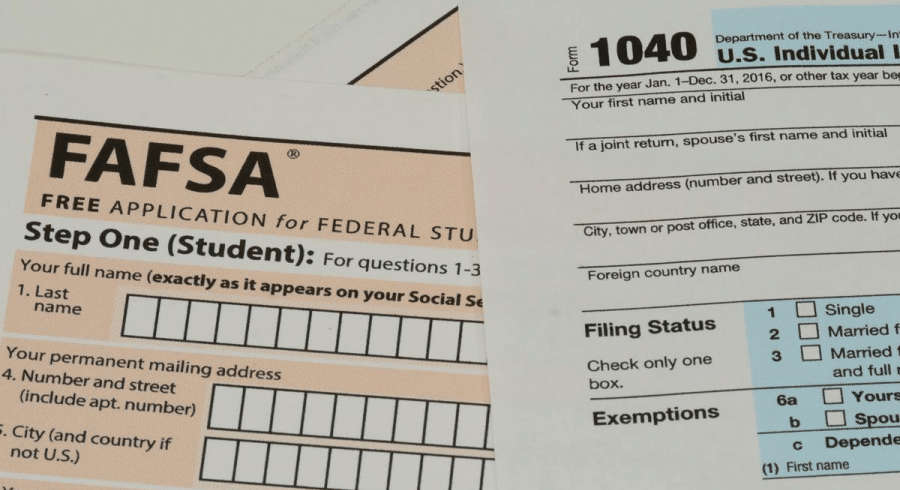Protecting Your Assets with A Home Video
Do you have a plan if disaster strikes?
Table of Contents
You might think that’s what insurance is for, but there are additional steps you can take to safeguard your assets and give yourself further peace of mind should something like a fire, flood, or other natural disaster impact your home. And all it requires is your phone.
Taking a video of your belongings documents your possessions – that can make the insurance claim process a lot easier. What’s more, you can imagine how stressful it would be to try to list off all your assets during such a stressful time.
Why You Need a Home Inventory Video
Homeowners insurance covers both your house and most things inside it. The policy itself is often not enough. Many people think that just because they are covered, then a sort of “set it and forget it” approach is fine. Few families actually mentally work through the process of calling on that insurance – the first step after a major loss would be to reach out to the insurance company to file a claim. They are going to ask for an accounting of your assets. A home inventory video along with a spreadsheet of all your significant possessions can save time & energy and avoid anxiety.
Where To Store Your Home Video and Proof of Contents
If God forbid you should endure a total loss, you will be relieved if you had stored the video and other documentation on the cloud so that it is not physically destroyed. While a safe or waterproof case may be fine in most instances, today’s technology can be your advantage.
The cloud is a secure electronic space, such as Google Drive, Dropbox, or Microsoft OneDrive, whereby you simply upload a video, spreadsheet, or document. If you’re still unsure, you can always purchase privacy security from a reputable protection company. Storing these files on an offsite computer or a thumb drive could work, too – just be sure to check periodically that the files are never lost from those devices. Finally, there are even some cool apps that can augment your inventory.
This iron-clad proof of ownership will prevent the insurance company from giving you the runaround. You can simply send them your video and documented list of assets.
Hitting the Record Button
What’s great about this layer of protection is that you can do it yourself in literally a few minutes. I would love for you to bust out an Excel file and notate all your items and their estimated values, but I’m a realist. That is a tedious process worthy of an eye roll from many folks.
But there’s no excuse for not simply using your phone, hitting record, and walking around your home. And you can even get some steps in! Additionally, it can be a fun activity with your family, too. Hear me out – many things you own have a backstory. You may get a nostalgia burst as you pass by filming some fine China, a picture on a wall, or a piece of jewelry passed down from a loved one.
Getting back to business, also consider snapping photos of particular items – as you might do with your car after an accident for insurance purposes. Once you’re done, it’s just a few taps and swipes on your smartphone to upload the docs to the cloud.
Here’s how to do it: Go room by room. Take a slow panoramic recording. Be sure to open drawers and closets to inventory those spots digitally, as well. Be sure to consider all areas of your home that could contain valuable assets. You might find that it takes you a half hour or so to get through your entire home, but if you do this, say, once per year, you’ll be more familiar with where everything is in the future.
Am I being too rosy about thinking this is kind of like an exciting treasure hunt? It’s possible. But even I am not keen on digging through a basement, attic, or garage. This is where your husband can step in 😊. After all, he needs to know where items are stashed, too. Like many financial planning tasks, if it’s only one spouse doing it all, there can be heartache later on.
If you are like me, you’ll spot things tucked away that you haven’t seen in years, that might be quite valuable or even practical for your daily living. You might even consider upping your coverage amounts if you find you have more than you thought initially.
Next steps:
Set a time on your calendar to take a home video inventory. For more valuable items and many electronics, capture specific information like brands, serial numbers, and model details. You can also verbally describe items as you walk through rooms or record individual receipts for key items. It’s all about proving ownership and having something on hand to make the insurance claim process go a lot smoother.










